How to Clean Vintage Linens, Lace & Embroidery
Material needed and instructions on how to safely and effectively clean vintage linens, lace, and embroidery.
I’ve mentioned my Grandma before; I’d have to say that she’s my spirit animal. Grandma Pauline was the one who instilled the appreciation of freshly baked bread and treats, hand-embroidered bed and table linens, and fresh produce from the garden. Grandma lived with us for most of my first 16 years on the planet. Dad was in the Navy, so as soon as we arrived at a new duty station, mom and grandma would make our new, temporary housing feel like home in no time.
Grandma gave me my first easel and set of paints and encouraged the creative side. Between my mom and my grandma, I had no choice but to become a maker, baker, and creator!
You might remember that I mentioned several weeks ago that I recently received one of her samplers in the mail! She had embroidered this for some family friends when we lived in Hawaii. They have since passed away, and there was a note on the back of this that it should go to me. Our friend’s niece tracked me down on Facebook and sent it my way!
Originally, I didn’t think it needed to be washed, but now I think it does. Now, at least I know how to clean vintage linens!
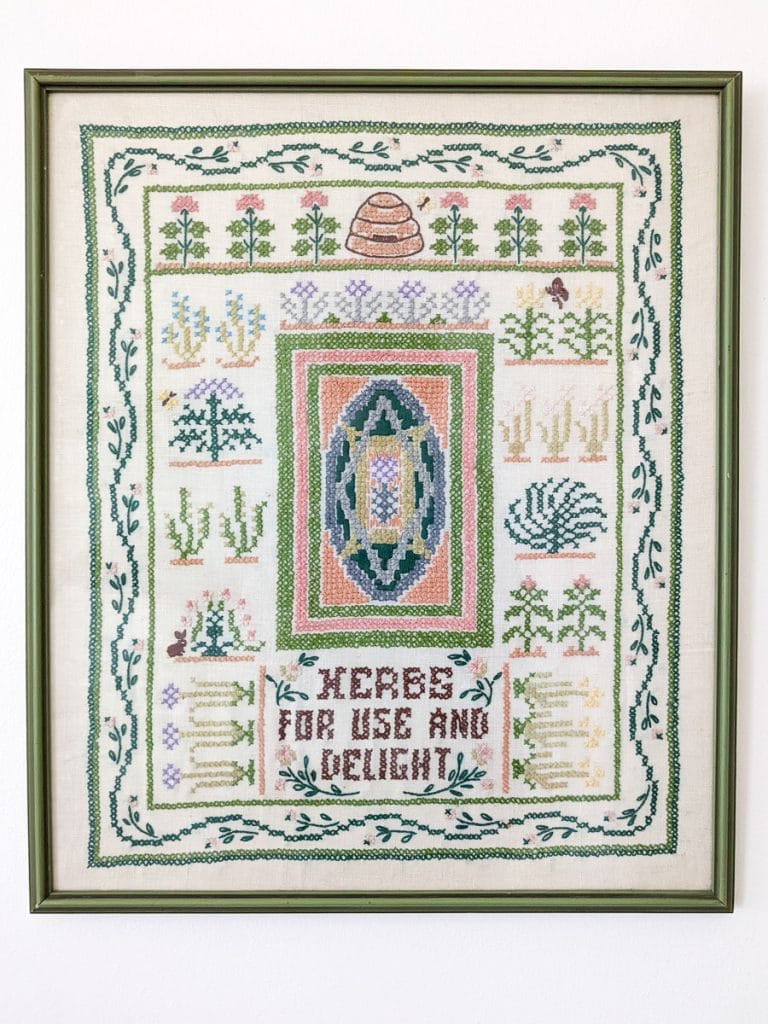
Table of Contents
When we purchased, moved in, and cleaned out the closets and attic in the home that belonged to my parents, I came across some of grandma’s embroidered samplers that needed a little love. We also came across a box of lace. I think some of it was made by grandma, but she had clearly purchased some of it. I don’t know her plans for the lace, but I’ve got an idea!
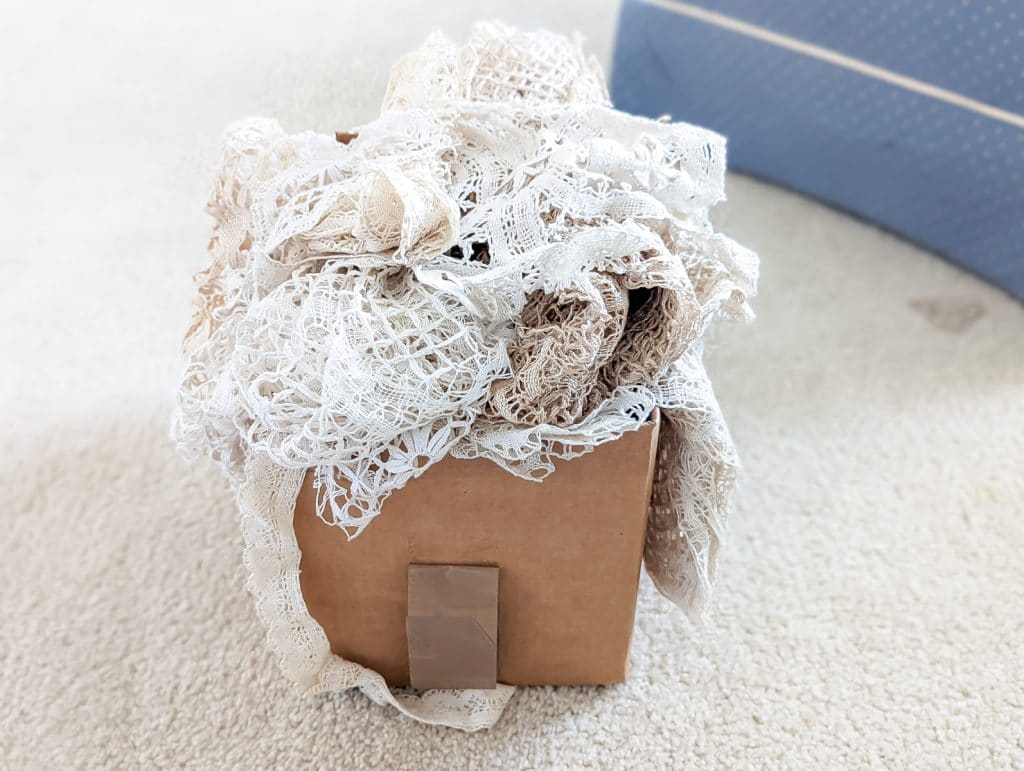
But, before I could hang the samplers or work on my ‘idea,’ I needed to give it all a good wash. I dawdled for way too long; I was worried that cleaning the embroidered linen would damage it. Mom knows that grandma did the embroidery when she was a young girl, and since she was born in 1913, it is likely that these samplers are close to 100 years old (which would technically make them ‘antique’!)
But, I finally came to the conclusion that it was better to try to restore them than just to let them languish in the attic. So, I took my time cleaning them, and they came out beautifully! I am thrilled, and now they are hanging up for all to see and enjoy.
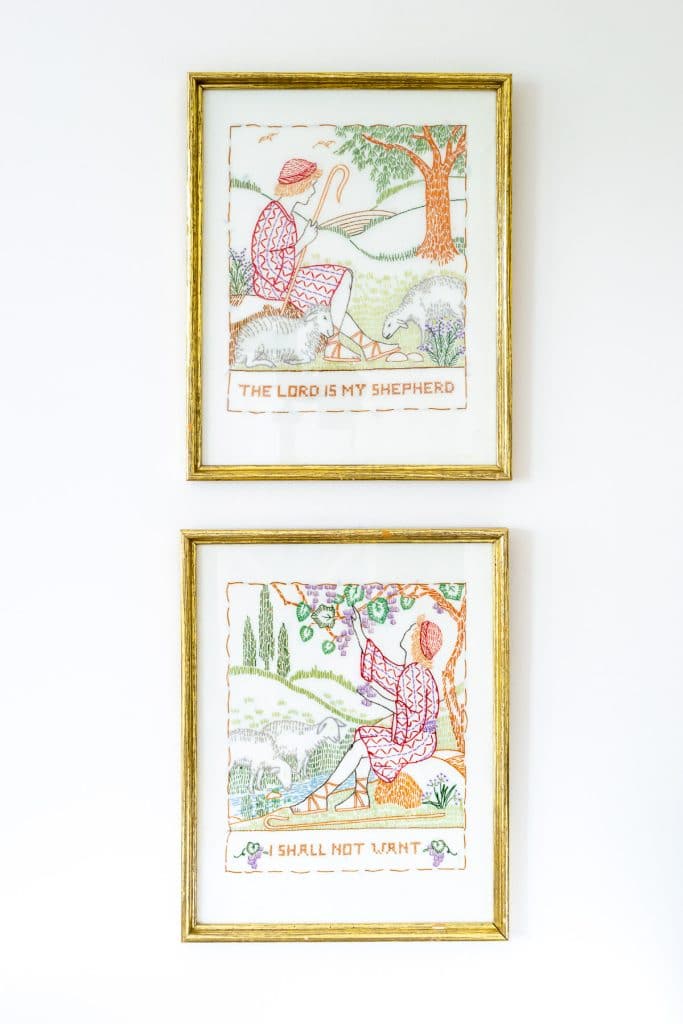
Here’s the before and after of the embroidered samplers:
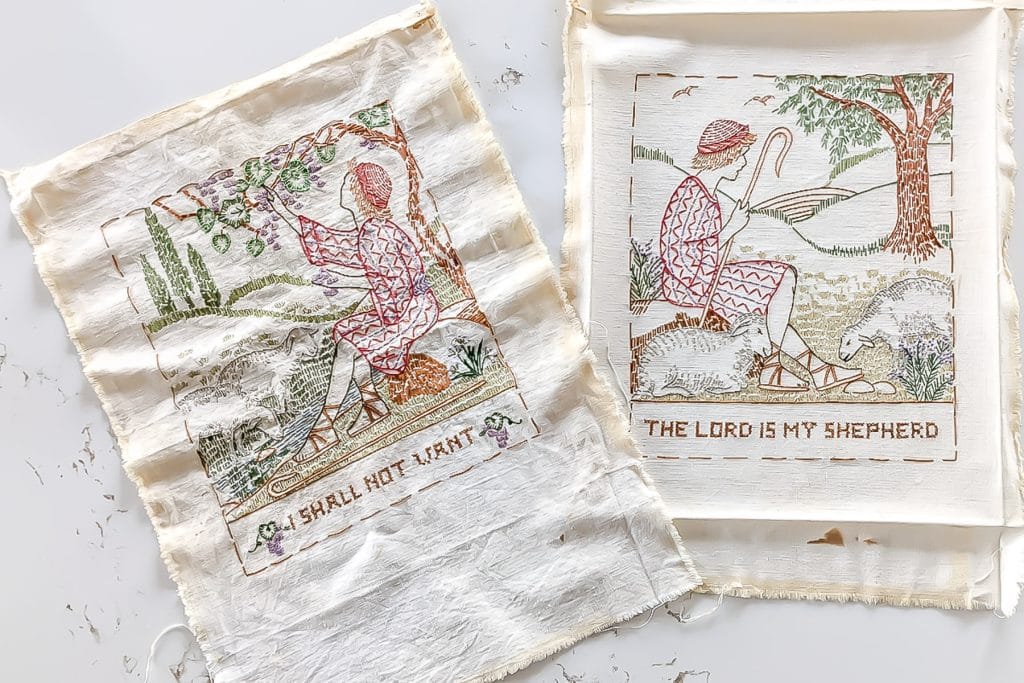
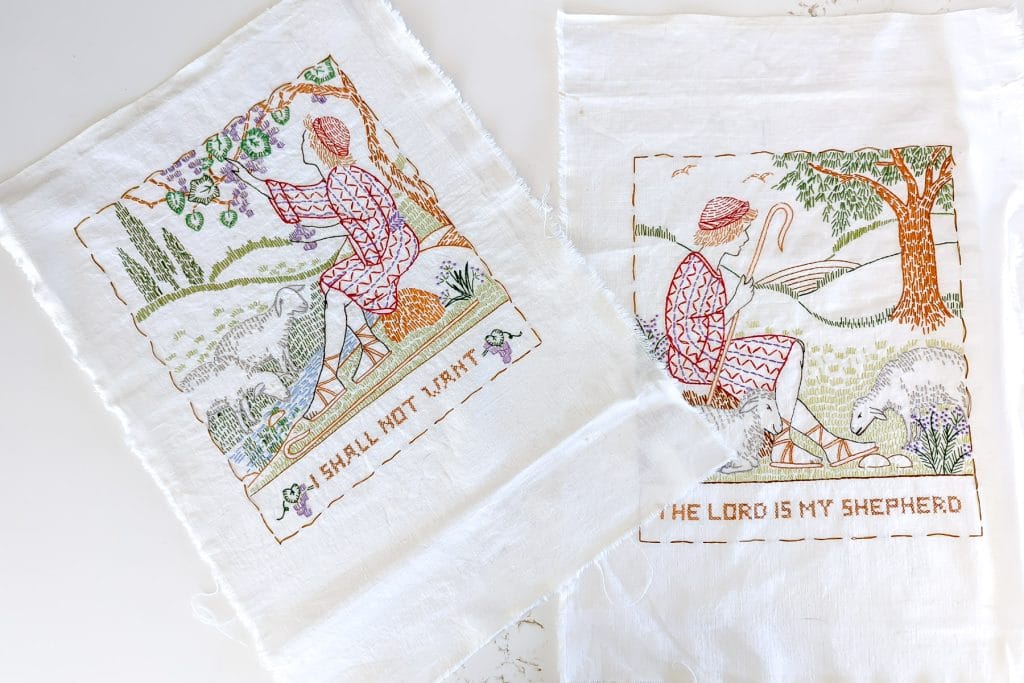
The ‘before’ sampler to the left was also pretreated with Oxi-Clean and hot water for some stains on the bottom of the sampler. You can see it is a little lighter than the rest of the piece.
Some of these links may be Amazon affiliate links and I may earn a small commission from the sale of these products to help defray the costs of operating this site, but the price you are charged is not affected. You can see my full disclosure policy here.
What Do You Need To Clean Vintage Linens, Lace & Embroidery?
Really, not too much. Just,
- Hot Tap Water (not boiling)
- Oxygenated cleaner like Oxi-Clean (which is what I used)
- A Bowl
- A Towel or rack to dry them
- Time
How Do You Wash Antique Linens and Lace?
It really is very easy.
- For vintage embroidery or any embroidery for that matter, test the color fastness of the embroidery floss. If there is a ‘tail’ where it was knotted, snip a bit of that tail. Dampen it in warm water and lay it on a piece of white towel or paper towel. If none of the dye transfers to your towel, your floss is colorfast. I was able to test a very small piece of the brown floss around the image, but there were no other tails to test. My grandma was a VERY knit embroiderer!
- Pretreat any stains. One of the samplers had some dark stains on the bottom of it. I treated them with a paste of Oxi-Clean and hot water before soaking the whole sampler. If you have a rust stain on your sampler, try some Whink rust remover.
- Soak Samplers. Fill a bowl with hot tap water. I just used it as hot as it came out of the tap; it is not boiling. I used my salad spinner so that I could easily swish it around. If my samplers were any larger or if I had more things to clean, I would have needed a larger bowl, the sink, or the tub.
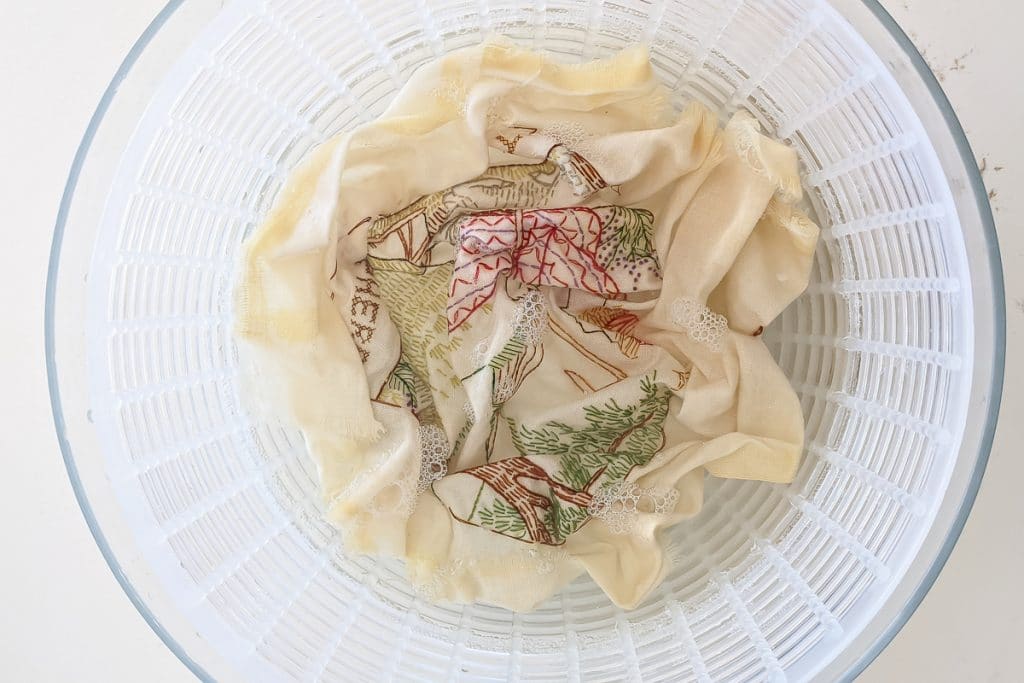
- Add Oxi-Clean or another oxygen cleaner. Use1 a teaspoon of Oxi-Clean for 4 quarts of water to clean my vintage linen.
- Let it soak for up to 24 hours.
- If, after 24 hours, you would still like your linen or lace to be whiter, repeat the process.
- Once the linen or lace is as white as possible and then rinse it well several times. Then, fill the bowl or tub with warm water and 1/2 cup of white vinegar (for 4 quarts of water). Swish your linens in the vinegar water, and then let it sit for about 30 minutes. The vinegar will help pull out any residual soap from the fabric. Rinse one last time and let your linens dry flat on a towel or rack.
- I want to reiterate how important it is to rinse your linens and lace well before drying them. Any residual soap will cause them to get dirty quicker.
I was concerned that while the Oxi-Clean would whiten the fabric, it might also fade the colors in the embroidery. But I am confident that it didn’t at all! It just really brightened the whole thing up.
As it relates to washing vintage lace, I used the same process, but it didn’t take nearly as long. This image below shows the lace after 4 hours of soaking. I can see a few areas that are still a little ‘dirty’ so I will let it soak a little longer, but in any event, we are talking 6 hours versus 24 hours.
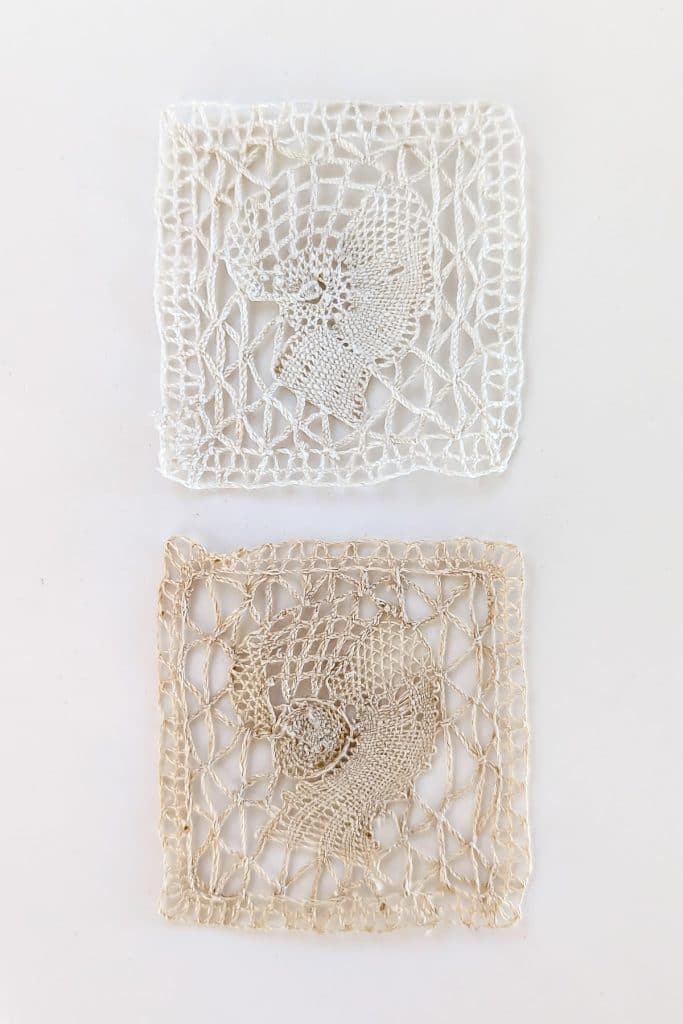
How to Keep Antique Linens Clean
- Thoroughly rinsing them and using white vinegar in one of the rinses will make sure no residue remains. Soap residue actually attracts dirt.
- Don’t starch your linens, lace, or embroidery before you store them. If your table linens need to be starched, do it just before use. Not only is starch sticky and will attract dirt but moths are also attracted to dirt and fragrance. (I did a whole deep dive on how to keep clothing moths out of your home, pop over here for that article)
- Don’t store your linens, lace, or embroidery in plastic containers. Wrap in ink-free paper and store in a cool, dry place. The natural fibers need air movement to avoid mildew and mold.
Bookmark this page or pin the following image to refer to this post on how to clean vintage linens, lace, and embroidery in the future.
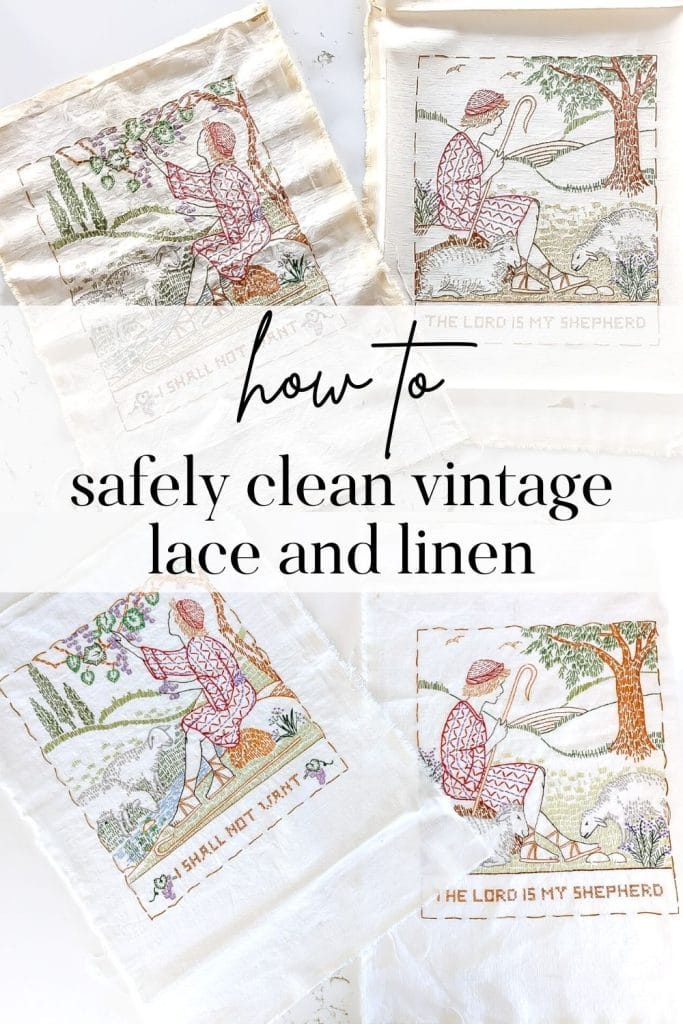
Thanks so much for spending a few minutes of your busy day with me!
To ensure you don’t miss future content, pop your email in the pale green box on the right or click here. I usually send one email weekly, so I won’t inundate your inbox. I’m sensitive to an overflowing email inbox!
We will only use your email address to send you emails, no more than 1-2 weekly. In addition, you will have access to my growing library of knit & crochet patterns and other printables. Check back often as this library will continue to grow. You can unsubscribe anytime by emailing me or clicking on the “unsubscribe” link at the bottom of all emails.
And you can access many of the products I refer to on my Nourish and Nestle Amazon Page. You can access it here.
So, if you’d like to participate in the ‘subscriber benefit’ action, simply subscribe to Nourish and Nestle here or use the form on the right sidebar. It’s slightly towards the top.
I have sent all my subscribers the link to the Subscriber Benefits Library. If you missed it or misplaced it, let me know.
Until next time…


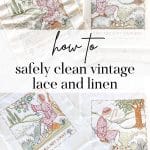
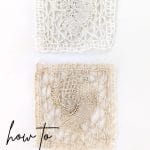
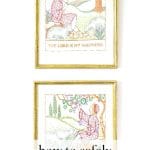
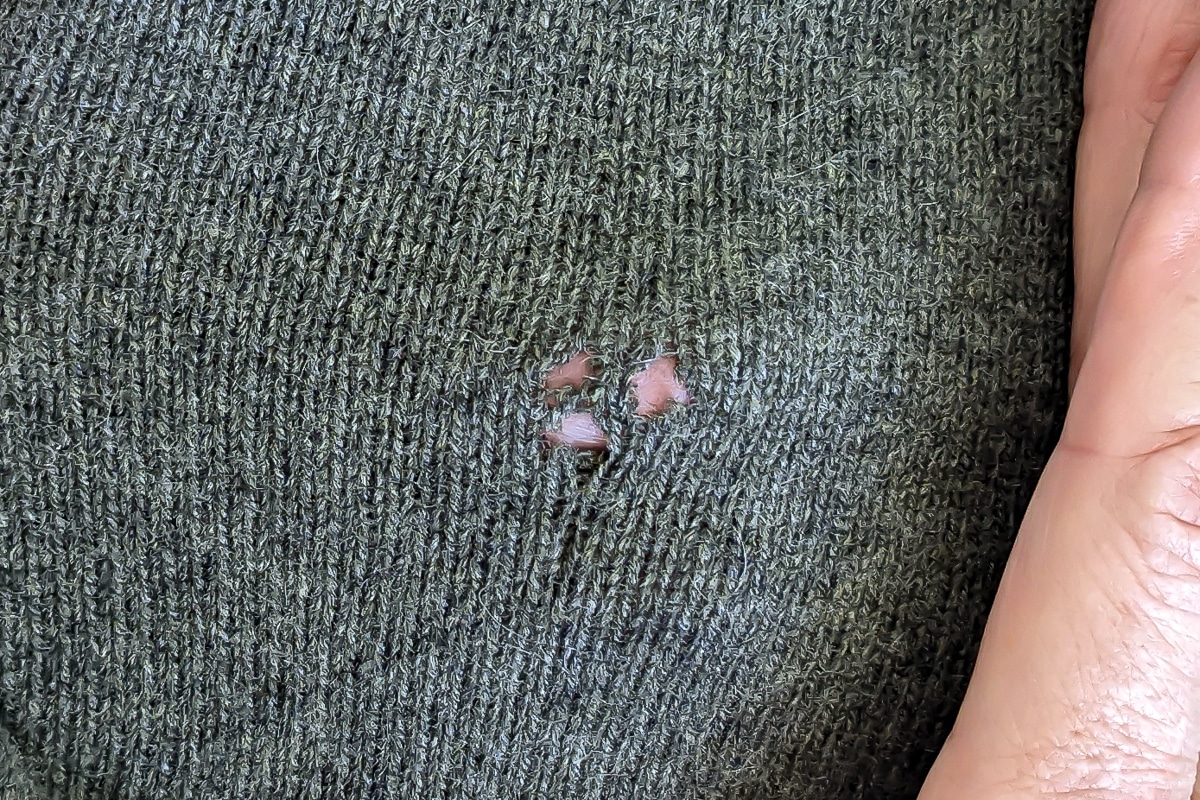



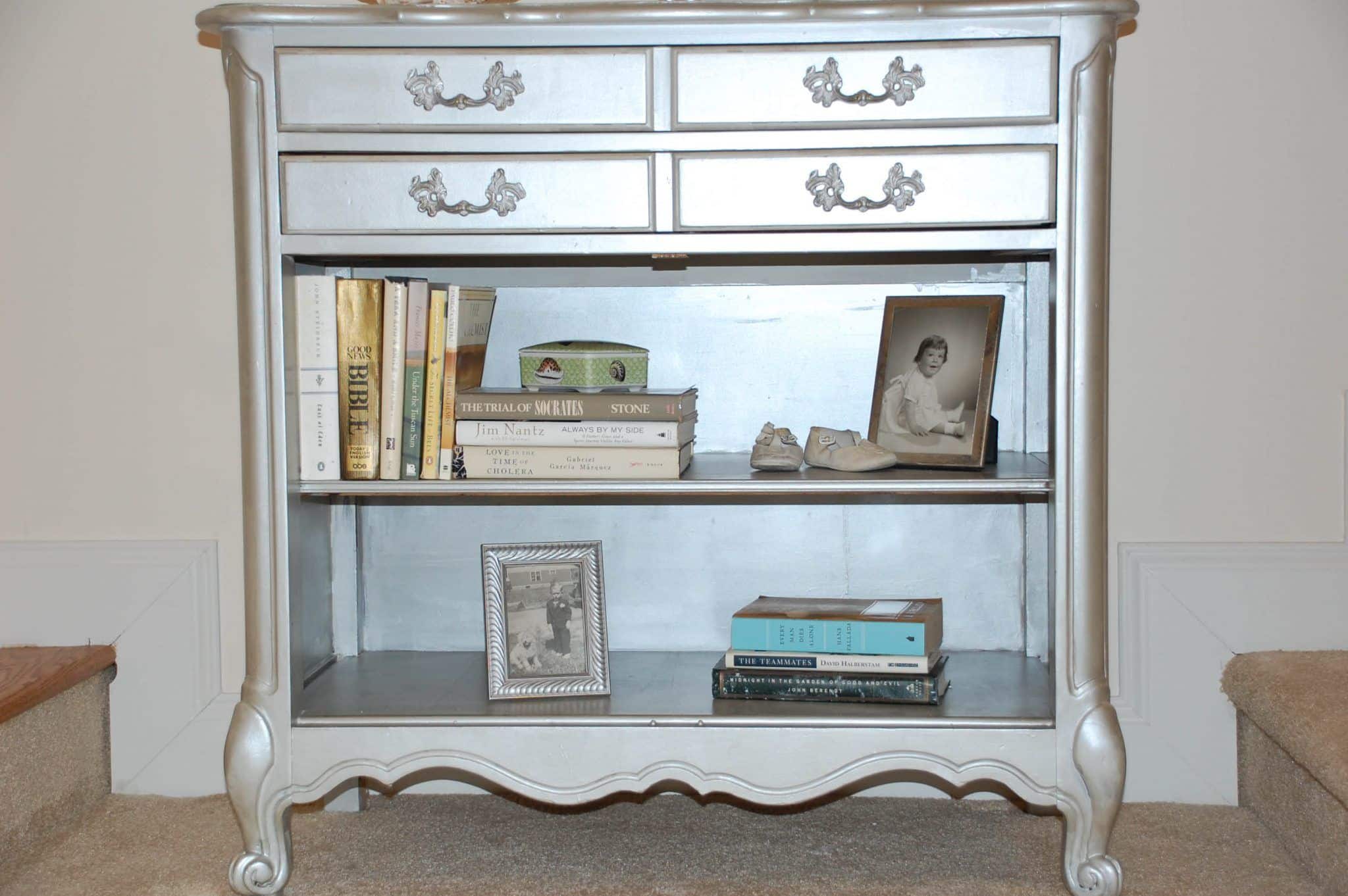

Thanks for sharing stories of our Grandma. I didn’t know my grandparents so I’ve been enjoying reading about yours. Great information on how to wash these linens. I love the before and after photos.
Hi Mary,
Thanks for your sweet comments. I do know how lucky I was to have a wonderful relationship with my grandma; I don’t take it for granted. And it was fun to see the before and after…you really don’t realize the impact until you do compare them.
Have a wonderful day, my friend.
Lynn
I have an embroiedered picture in frame. I am afraid to remove it from the frame. It is a bit dirty and is probably 40 years old. There is carboard as the backer. I am afraid to spot wash for fear the dampness goes through the cotton or linen fabric and causing problems because of the cardboard. Any suggestions?
Hi Lorene,
Like you, I’d avoid getting the cardboard wet as I am fairly certain it would leave marks.
What concerns you about removing the embroidery from the frame? I had no problem with mine.